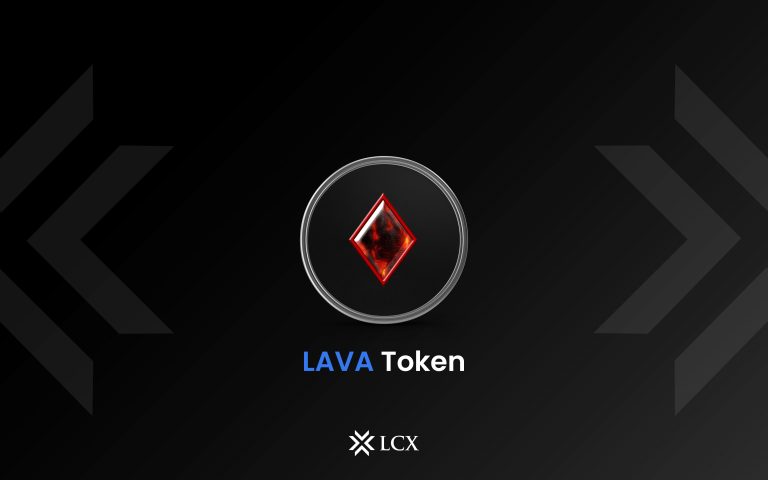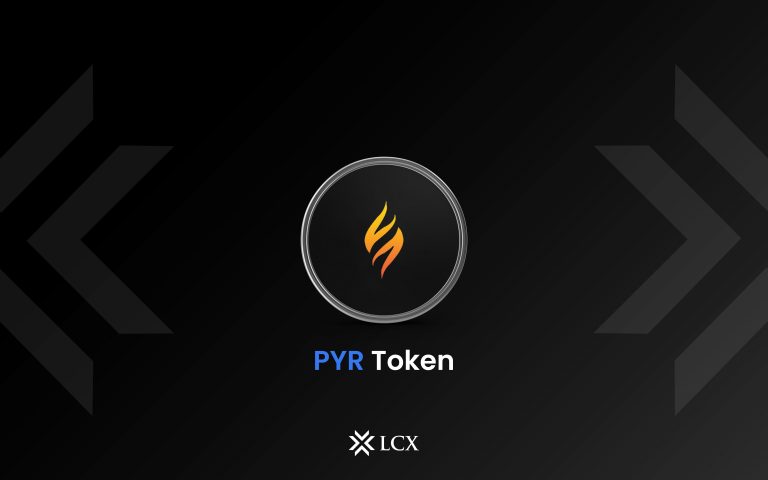LCX Token ($LCX) is listed at SushiSwap with LCX / ETH trading pair. SushiSwap users can now trade $LCX Tokens. SushiSwap is an automated market making (AMM) decentralized exchange (DEX) on the Ethereum blockchain.
Trading Pairs:
LCX / ETH – https://app.sushi.com/pair/0x51dcb8d09fac22c974cb2ef169310cc501063f46
We recommend to always double check the LCX Token smart contract address before trading.
Trade LCX at Uniswap
- To trade $LCX at SushiSwap go to https://app.sushi.com/pair/0x51dcb8d09fac22c974cb2ef169310cc501063f46
- Connect your Ethereum wallet to SushiSwap, e.g. Metamask.
- Enter the amount of ETH you want to convert into LCX and click swap.
- Confirm the swap through your Ethereum wallet, and then you’re good to go!
Add Liquidity on SushiSwap
One of the best parts about SushiSwap is that anyone can provide liquidity for a token and act as a market maker and monetize their token holdings. Liquidity Providers will earn fees of every transaction made on the LCX/ETH pair. This fee is divided between the liquidity providers proportionally to their share.
When users make a trade on the SushiSwap exchange they pay a 0.3% trade fee. 0.25% of the fee will go to the Liquidity Providers. 0.05% fee reward for xSushi holders and will be added to a pool called SushiBar.
- To add liquidity, go to the ‘+Liquidity’ button.
- Enter in the equivalent of ETH and LCX Token that you want to supply.
- Click on ‘Add Liquidity’. After the transaction is done you will be a liquidity pool owner for LCX and will be able to earn fees.
Problems During our Initial Liquidity Offering
Our Initial Liquidity Offering (ILO) exposed the downsides of the current Decentralized Exchanges and the vulnerability of the current systems. This showcases the importance of our future products as well, LCX DeFi Terminal and QMM at LCX Exchange. LCX’s mission is to build secure and reliable trading platforms to prevent such flaws on our platforms.
Our community has requested to add liquidity to SushiSwap and we prepared to launch this during our #100DaysLCX growth campaign. Today was the day for this.
We prepared the Initial Liquidity Offering in several steps. The LCX / ETH trading pair at SushiSwap was already in existence with a total liquidity of $1.73 USD as of this morning. The value of $LCX Token was more than 90% below market value.
First, adding 1,000,000 $LCX Token as Liquidity Provider (transaction hash). Second, as an immediate second step – only seconds later – buying $LCX Token to adjust and balance the value to market conditions and fill the liquidity pool with ETH. However, our second step and our on-chain transaction was blocked.
Our liquidity pool suffered from a sniper bot attack. An anonymous trader deployed a sniper bot to buy $LCX tokens in the same Ethereum blockchain block (12166666) where our liquidity pool was created on SushiSwap. This means that the trader, via his sniper bot, was able to “snipe” the many token at the price floor. And in the same transaction the tokens were sold on Uniswap for instant profit. All in one transaction for buying on Sushiswap and selling on Uniswap and in the initial Ethereum block alongside the confirmation of our liquidity pool.
The sniper bot then spammed the Ethereum network to prevent us from buying the token and to conclude with our others steps for the ILO event.
Here are the on-chain transactions in detail:
- LCX provided 1 Million $LCX and 1.34 ETH in liquidity in Block 12166666 at Apr-03-2021 12:44:37 PM +UTC.
- Sniper Bot Trader transacted in the same Block 12166666 at the same time at Apr-03-2021 12:44:37 PM +UTC. The transaction included buying 789,069 LCX for 5.03 ETH at SushiSwap and selling 789,069 LCX for 27.74 ETH at Uniswap simultaneously.
Later today, when the price normalized, we added some more liquidity in two steps.
– 9.40 ETH and 240,286 LCX and
– 0.51 ETH and 12,37 LCX.
Btw, as this question came up from the community. LCX Token cannot be minted and has a fixed maximum supply of 950,000,000. The LCX smart contract does not allow any minting.

Risk Warning: Digital assets, such as Cryptocurrencies and Tokens, are subject to a number of risks, including price volatility. Transacting in digital assets could result in significant losses and may not be suitable for some consumers. Digital asset markets and exchanges are not regulated with the same controls or customer protections available with other forms of financial products and are subject to an evolving regulatory environment. Digital assets do not typically have legal tender status and are not covered by deposit protection insurance. The past performance of a digital asset is not a guide to future performance, nor is it a reliable indicator of future results or performance. Additional disclosures can be found at Terms of Service.








